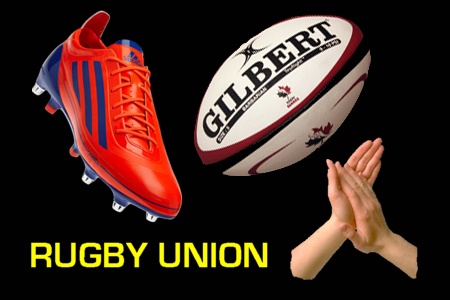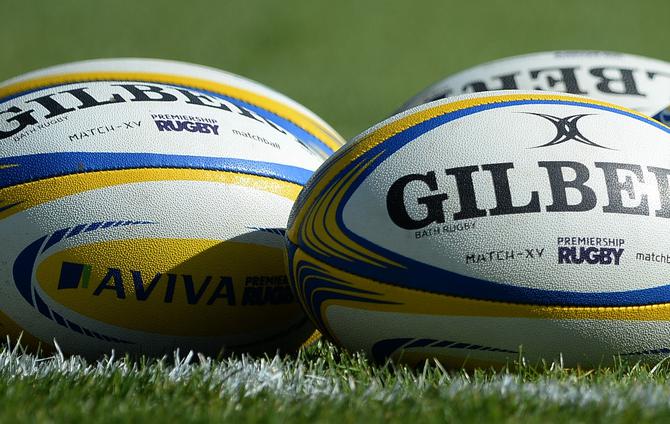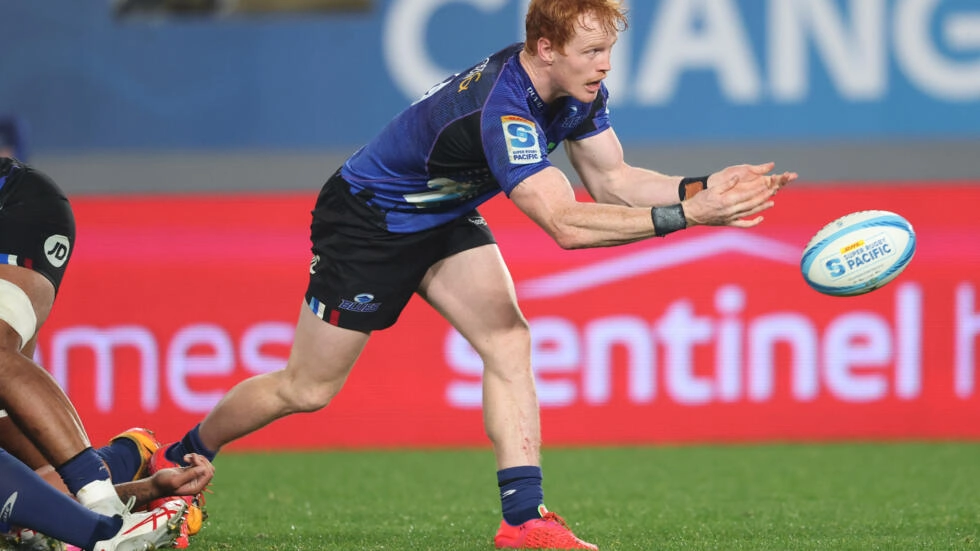In 1999 the head of the ARU, John O’Neill said he would propose that the IRB give the ARU all the profits from its upcoming World Cup competition. This money would then be used to allow the ARU to “Buy Rugby League” in Australia.
It was at a time of great upheaval in the game of Rugby League in Australia. Having just come through The Super League War Rugby League in Australia was going through the process of rationalization.
While still by far and away the bigger of the two sports in Australia, Rugby League was going through a healing process. Clubs were trying to recover after years of over spending. The competition was cut back from 20 teams to just 14 and after fighting for control of the games broadcasting rights, at a cost of $500 million dollars, TV companies now saw a game that had to take the low offers they were putting on the table.
During this period, the ARU had fewer professional teams to fund (Three) and many less players. It had also been smart about its switch to professionalism and handed the early days a lot better than most other Rugby Union nations.
Because of this, the ARU had money to spend, having just bought two high profile Rugby League players, and having struck back at 100 years of traffic going the other way, the ARU was on a high.
Over the next five years, you could have been forgiven for believing the ARU hype. As they bought other Rugby League, their crowds were going in the right direction, but it was a castle build on sand, and by 2004 the wheels started to fall off.
As the ARU pushed expansion teams into WA and eventually Victoria, it over looked the fact that NSW, QLD and the ACT were bleeding red ink and not performing on the field.
Just ten years on from declaring the ARU would buy Rugby League, Rugby Union in Australia was bleeding red ink, losing sponsors, television viewers and even players back to the NRL.
In 2011, the ARU managed to convince its partners in New Zealand and South Africa to institute a three conference system that would basically see Australian sides competing among themselves for two guaranteed playoff spots in the “Super Rugby” competition.
As soon as this agreement was in place, the ARU brought in measures that would see a salary cap introduced, slashing player salaries in Australia by many millions of dollars. No doubt this thrilled the NZRU and SARFU who now faced games against weakened Australian opponents, knowing weaker teams in the ARU conferences were getting finals places ahead of their much stronger sides.
What the ARU is left with is a financial black hole. Despite what amounted to a non compete clause handed to them by the NZRU and the SARFU, the ARU finds itself managing five professional teams, none of which are turning a profit, all of which are a basket case in terms of their ability to compete with non ARU teams….and that is not even taking into account the failure of Rugby Union to gain any sort of ground roots support over the last decade.
In steps the NRL once again.
Ten years on, the NRL and its 16 clubs are on the verge of signing a billion dollar television contract that will see the competition expand to 18 teams, with each club allowed to spend around $7 million dollars on players.
There will also be an increase in squad sizes, with each first grade squad to consist of five extra players.
This means the NRL will have a total of 540 players listed in first grade squads alone. The 18 NRL clubs will spend approximately $126,000,000 on players, every, single, year.
There is simply no way for the ARU to compete with the NRL on these terms.
Right now under a a $4 million dollar salary cap, NRL clubs must work on a tight budget. Rugby League’s best players are not paid what they are really worth, but the vast majority stay in the competition because of its lure as being the best in the world.
When the NRL gets its new broadcasting deal, those financial restraints will be lifted. Teams will no longer be on a tight budget. They will be able to take chances, scout and sign players based on nothing but their athletic ability or even a feeling that one day they might make the grade.
The NRL is going to become a sponge that will soak up any talent it can find in the “Rugby” playing world.
Already we are seeing some of the ARU’s highly prized young stars holding off signing long term contracts knowing that this gold rush is just around the corner.
Last season we saw the Parramatta Eels offer a reported $600,000 to try and lure ARU player Quade Cooper from Rugby Union to Rugby League. Under the current salary cap, it was an extraordinary amount, a silly offer, and still they were not able to get their man, although they did come close.
When Cooper’s contract runs out at the end of next year, there will be 18 NRL clubs with around $54,000,000 extra dollars to spend. NRL clubs could offer Cooper $800,000 to switch to the NRL, and it would hardly make a dent in their salary cap.
While the ARU pushed unsustainable expansion, the NRL pushed towards a completely sustainable financial model. Now, as the ARU bleeds red ink, it faces the type of Armageddon that it has not seen since early in the 20th century when Rugby League bought Rugby Union’s best talent en mass.
Already finding its power and relevance diminishing in its own sport, the ARU will find itself being cannibalized by an opposition that will pretty much be able to buy who every it wants.
The best case scenario is that the ARU will find itself holding onto its best players, but at highly escalated prices. Something the ARU simply can not afford.
The ARU will not be the only victims either. I have already written about the effect that the NRL’s need for extra talent will have on Super League in Europe. I am also sure that we will see the NZRU lose players to NRL clubs who are willing to take a punt on established All Black players.
Because there are so many places to fill, NRL clubs will send their talent scouts far and wide. It won’t just be about Rugby League’s best any more. Any “Rugby” player that looks to have the athletic ability to possibly become a first grade NRL player will now become an option. The reverberations of the NRL’s billion dollar TV deal will be felt right acrossRugby Union.
I think what you will see in not too many years from now is a push by Rugby Union to establish a world wide provincial competition that will offer broadcasters a billion dollar baby they can use to keep their own talent.
England, South Africa, France and New Zealand together will have the financial ability to hold off the NRL, but not everyone will be invited to this party, You can be sure that with the ARU’s recent cost cutting and the way it has made the NZRU and SARFU carry its corpse along for many years, there will be a feeling that the ARU is a lost cause not worth fighting for.
The scary thing is, the NRL’s next broadcasting deal probably wont even be for a truly national competition, and after the deal concludes in 2018, you can be sure the NRL will be offered an even more lucrative deal with a 20 team national competition that may even include a PNG side.
In 1999 John O’Neill wanted to buy Rugby League for $100,000,000. Just 12 years later, 18 NRL clubs will have more than that free to spend. They will look for and wide for players, but the first place they will look is on their own door step.
With around $62 million free to spend, the fact is that NRL clubs could buy every single professionally contracted player on the ARU’s books three times over, and still have money to spend.
How does the ARU possibly survive that?








